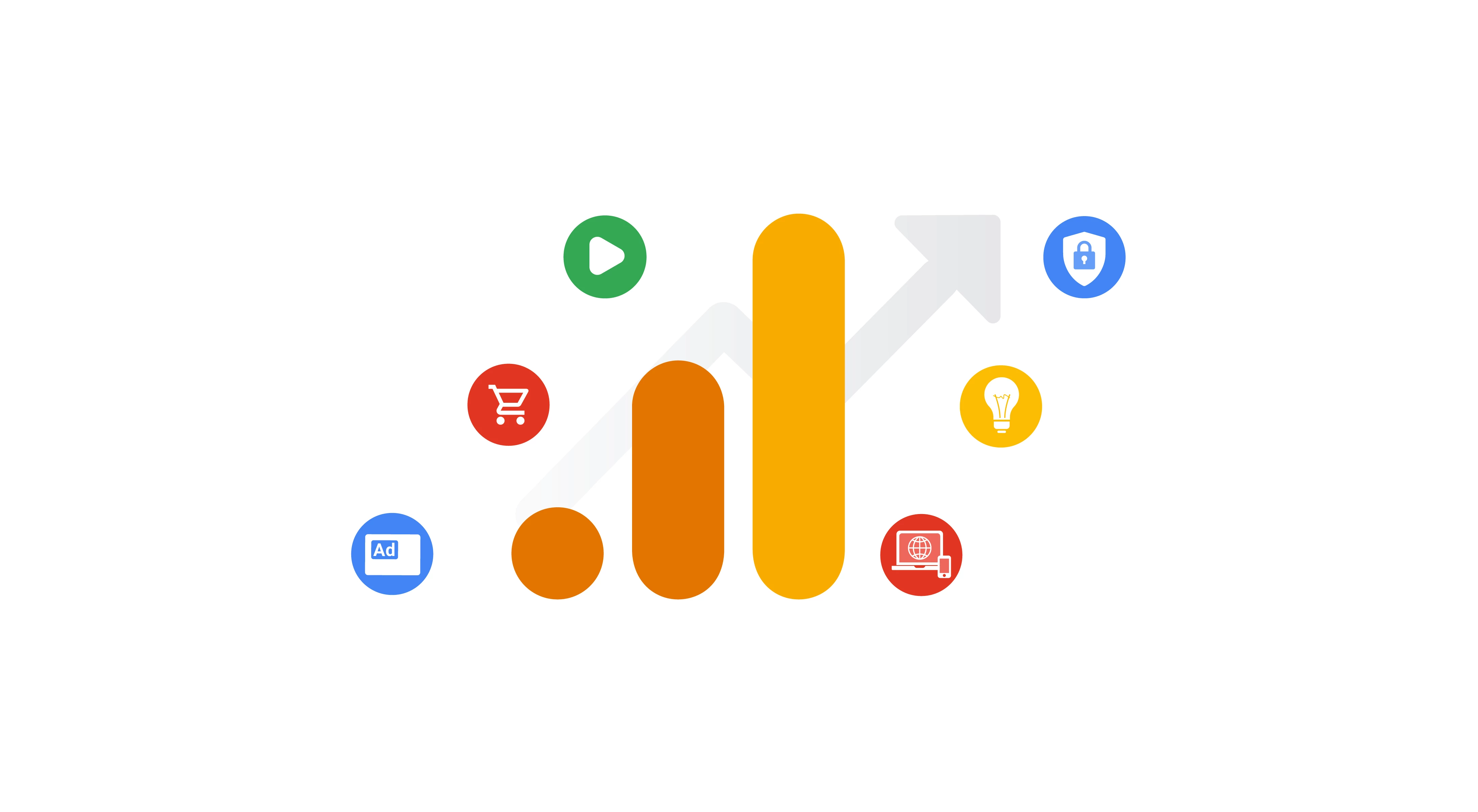5 Marketing Analytics Trends for 2023
Larry G • January 23, 2023 • 6 minutes to readWhat developments in the area of digital marketing analytics should businesses be aware of, and what technologies are on the horizon?
1. Geodata & Real-Time Data
The potential of this technology is limited by consumer and brand disagreements over how customer location data is handled. Advertising agencies and businesses are aggressively experimenting with location data, but they are typically disappointed with the results. Data suppliers exaggerate their true worth, and investments are not lucrative. Today, geo-targeting customers who have already visited brand outlets is the most successful approach to leveraging location data. This helps you to boost customer loyalty and the number of repeat transactions.
Another approach is to leverage geodata on rivals' consumers. The brand identifies who buys from rivals and promotes its service to this demographic. The corporation may also learn about consumers' behaviors, such as if they visit a competitor's shop in the evening. Then it's important to display your advertising during lunch so you may "intercept" the user. Companies will increasingly rely on real-time data to adapt promptly to shifting market conditions. Real-time analytics may be used to monitor campaign performance, follow consumer activity, and evaluate website traffic in real time. Companies will be able to make fast changes to their marketing plans and methods in order to optimize outcomes. Real-time data may also be used to spot abnormalities, such as a sudden decline in website traffic, assisting businesses in identifying and addressing possible issues before they become a problem.
2. Multi Touch Attribution & Predictive Analytics
Multi touch attribution identifies which advertising channels and campaigns were used to acquire customers and had the most influence on the purchase decision. In most cases, a client's journey from brand awareness to purchase comprises numerous phases. For example, suppose a person views an ad on Google and visits the site, but then becomes sidetracked and forgets about the goods. Then he checks Instagram to see how his favorite blogger promotes the goods. After a time, he gets an email with a promotional coupon and purchases the product he is interested in. If you do not monitor the complete chain of user engagement with the brand, you may incorrectly believe that the mailing list is the sole successful channel - it brought the buyer. Indeed, both Google Advertisements and the blogger's ads assisted in "warming up" the customer and leading him to buy the goods. They employ multi-channel analytics and attribution models to monitor all user interactions with traffic channels, from brand awareness to purchase. Predictive analytics will become increasingly common, helping businesses to forecast future trends and make better decisions. Predictive analytics forecasts future events like customer churn, lifetime value, and purchase likelihood using statistical algorithms and models. Companies may make data-driven decisions to optimize marketing efforts, target the proper customers, and estimate future results by employing predictive analytics. Predictive analytics may also be used to detect patterns and trends in consumer behavior, such as which goods they are likely to buy next, and to generate tailored suggestions.
3. Customer Experience Measurement
The user's path from necessity to purchase is referred to as the customer journey. This technology is at the pinnacle of overblown expectations in 2023. Customer journey analysis may assist you in figuring out what phases a user goes through on their path to making a purchase. This enables you to control communication channels and find flaws. To depict the customer journey, the Customer Journey Map (CJM) is most typically employed. It is gathered by the use of surveys, in-depth interviews, and research into the behavior of the target population. They link services for monitoring user behaviors on the site, in particular. For example, a corporation may see a decrease in internet sales. Using "Webvisor" and other technologies, for example, you may observe what stage of contact with site visitors has problems. There are several reasons why a user does not reach the cart: the description language does not address the "pains" of the target audience, consumers do not understand how to finish the transaction, and so on. Companies will place a greater emphasis on understanding and improving the customer experience, employing analytics to acquire insights into customer behavior and preferences. This will entail gathering and evaluating data on client interactions across various channels such as social media, email, and chat. Companies will also use feedback data, surveys, and other types of consumer input to obtain a better knowledge of their customers' demands, pain spots, and levels of satisfaction. Furthermore, businesses will employ analytics to track customer journeys and touchpoints, allowing them to discover parts of the customer experience that may be improved.
4. Mobile Marketing Analytics
Mobile marketing analytics tracks how people interact with apps and mobile versions of websites. The information gathered may be used to enhance the efficiency of website versions for smartphones and tablets, as well as the functioning of apps and advertising on smartphones. Companies will increasingly employ mobile analytics to better understand and target customers on mobile platforms as mobile devices become more widespread. On mobile apps and websites, mobile analytics will be used to measure customer behavior, engagement, and conversion rates. Companies will be able to optimize their mobile marketing strategies and improve the mobile user experience as a result of this. Mobile analytics will also be utilized to better understand mobile consumer behavior and preferences, as well as to provide tailored content and offers to mobile customers. Mobile analytics may also be used to monitor the success of mobile advertisements and determine which ads are generating the most conversions and money. Special software, such as Google Firebase, is utilized for mobile marketing analytics.
5. Social Media Analytics & Increased Use of Artificial Intelligence and Machine Learning
Social analytics provides insight into how consumers view a brand: what is being said about it on social media, what items are most appealing, and how the intended impression of the brand varies from the actual perception. Tracking and evaluating this data helps in the development of a successful marketing plan. These quantitative social network metrics - reach, impressions, and engagement - may be tracked in the social networks themselves - in Facebook, Instagram Insights, Twitter Analytics, or Google Analytics. Social media monitoring services track brand references. Audience surveys may be used to assess qualitative characteristics such as customer satisfaction, response time, and feedback quality. AI and ML technologies are becoming more advanced and accessible, allowing businesses of all sizes to use them for marketing analytics. This will allow businesses to automate repetitive operations like data cleansing and processing, as well as identify hidden insights and patterns in data that human analysts may overlook. Companies will be able to discover patterns, trends, and client groups with the aid of AI and ML, allowing them to tailor their marketing efforts and boost their ROI. Furthermore, AI and ML may be utilized for activities such as natural language processing, picture and voice recognition, and sentiment analysis, which can provide businesses with a more in-depth understanding of client interactions and preferences.




